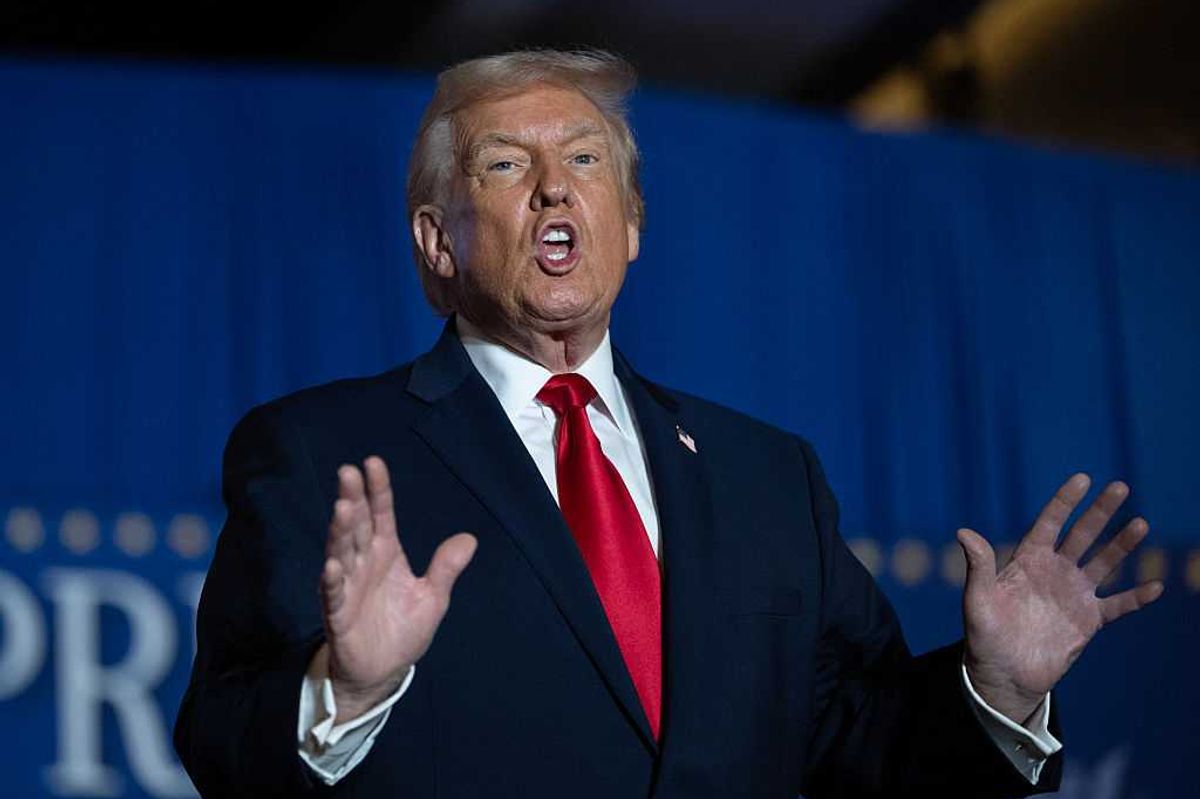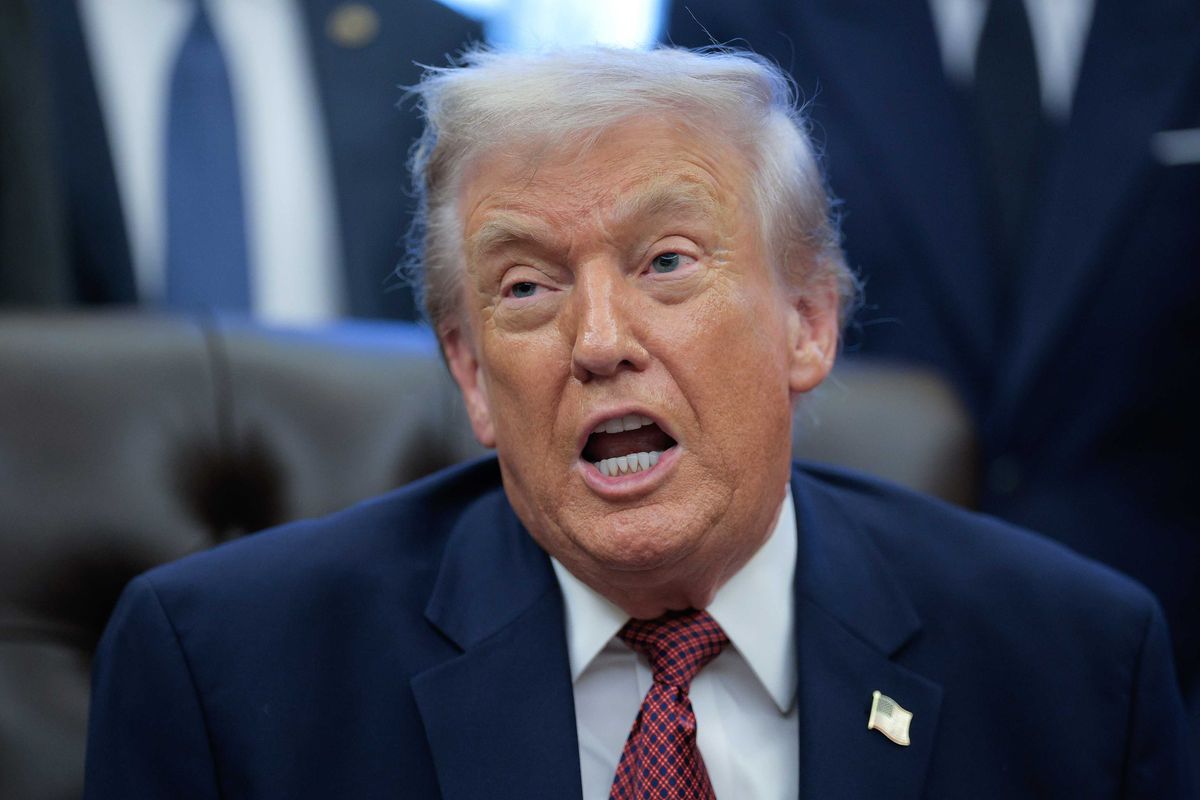News
Narjas Zatat
Dec 02, 2017
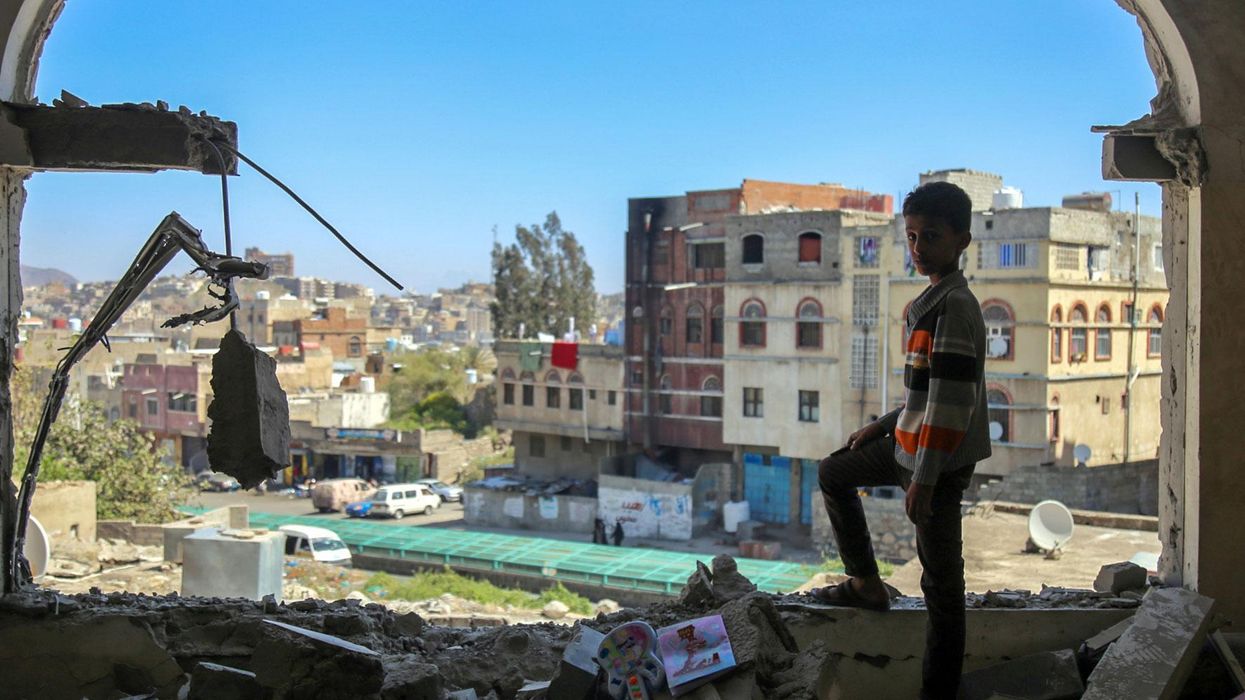
A Yemeni boy checks the damage following a mortar shell attack on the country's southern city of Taez
Getty
Theresa May has called on the Saudi government to ease the blockade of Yemen, which has led to millions of people in dire need of food and medicine.
In the last three weeks, Saudi Arabia has imposed a military blockade on Yemeni ports, preventing humanitarian aid from getting to those in need.
During a meeting on the crisis, Secretary of State Boris Johnson called it:
The world’s worst humanitarian crisis and largest ever cholera outbreak.
Despite the desperate situation in Yemen, coverage of the country’s plight is few and far between.
Here’s an infographic by the World Health Organisation showing that over three-quarters of people in Yemen require aid.
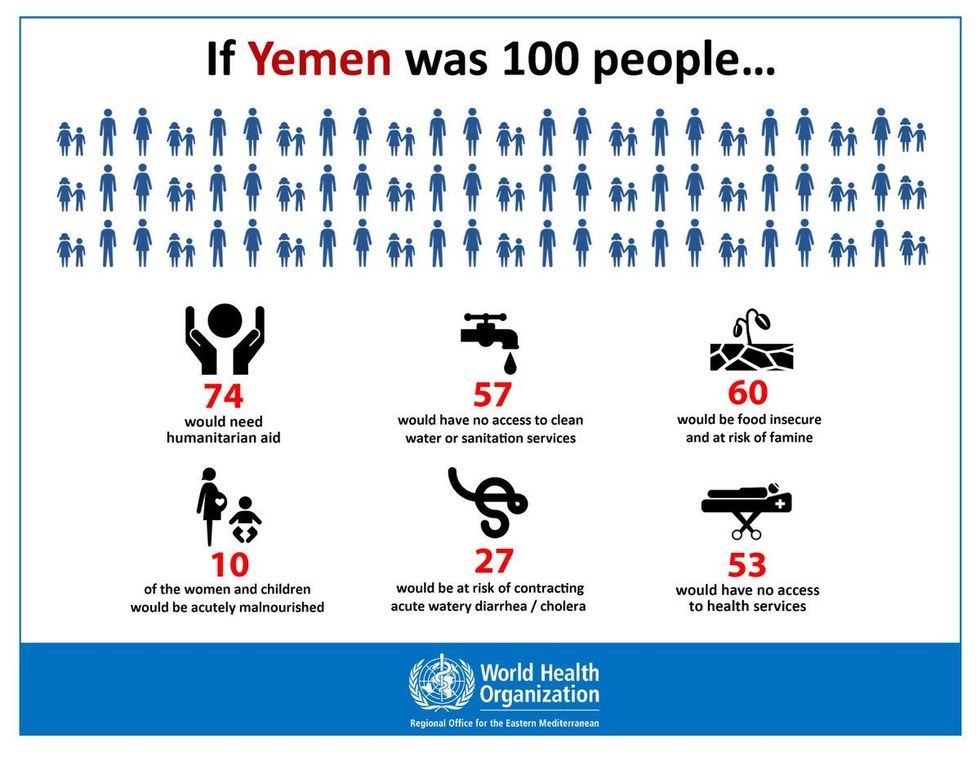
The facts:
There are over two million internally displaced people and over 20 million in need since the conflict began in 2015.
From March 2015 to July 2017, there were 8,389 recorded deaths and over 47,000 people injured. Over 10,000 civilians have died in total in the two years since the civil war began.
As of August 2017, the total number of Cholera cases in Yemen reached over half a million – the largest cholera outbreak in the world. The rapid spread of the disease is mostly due to the decline in hygiene, meaning millions of people across Yemen are forced to drink dirty water. A lack of funds, shortages in medicine and facilities closed due to damage means country-wide treatment is incredibly difficult.
How did the conflict start?
Tensions came to a head in 2011, when an uprising forced the president, Ali Abdullah Saleh, to hand over the reins of power to Abdrabbuh Mansour Hadi, then his deputy.
The emerging government was unstable, and Mr Hadi faced attacks from al-Qaeda, corruption in the military and food shortages.
The instability helped facilitate the rise of the Houthis, made up of Yemen’s Shia Muslim minority. Over the next few years, the rebels gained more ground, and in January 2015 the group took over the region of Sanaa.
Houthis attempted to wrestle control from the government, forcing the president to flee the country. Fearing that Iran was propping up the Shia minority group, Saudi Arabia and eight other Arab countries launched a campaign to re-establish Mr Hadi's government.
Since that time, Yemen's civilians have been caught in the vicious proxy war.
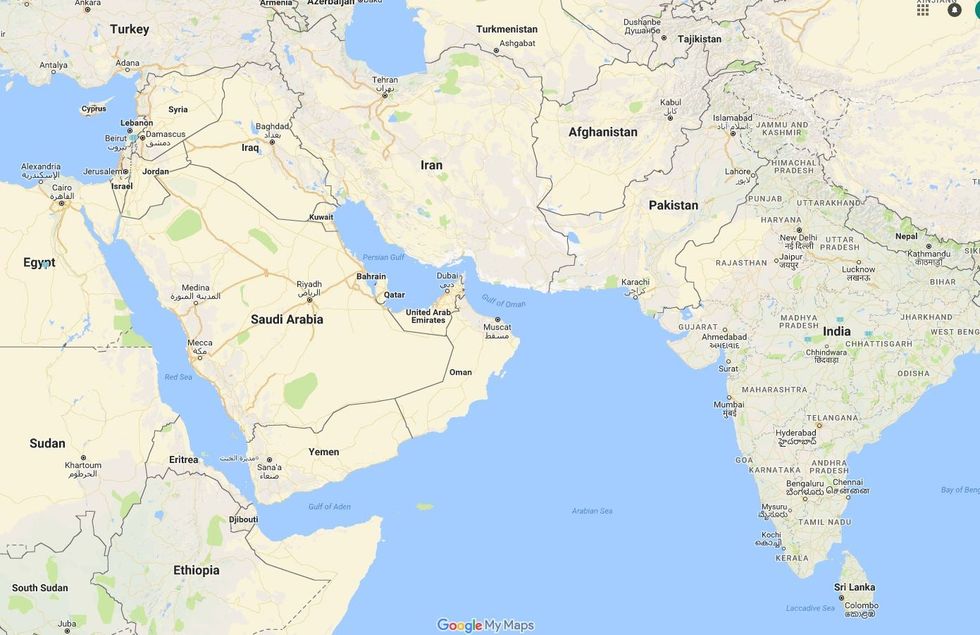
Why is it difficult to report on it?
It is notoriously difficult to get into Yemen, and the risks for foreign journalists are high.
According to BBC news correspondent Orla Guerin, she wasn’t allowed into the country despite having all the correct documentation.
The Independent's Middle East reporter, Bethan McKernan thinks it's also connected to western media coverage (or lack thereof).
It is partly a lack of access - but Western media to blame as well. If there was a consensus to really push for Yemen coverage - I hope with the war against Isis in Syria and Iraq winding down there will be more editorial appetite for this - then I think public knowledge would be better.
More: People are starving to death in Yemen as well as Syria
More: Baghdad and Yemen are reminders that terrorism usually isn't in Europe
Top 100
The Conversation (0)











